Dog Saddle Bag Guide for Australian Pet Owners
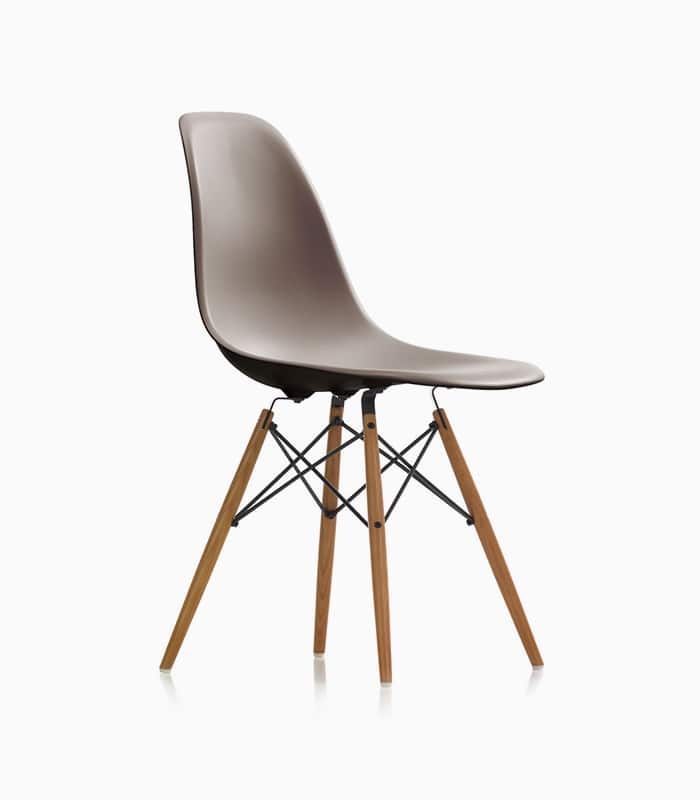
This guide is designed for responsible pet owners seeking to enhance their outdoor activities with their dogs. Remember that any gear added to your pet should be introduced gradually and monitored for comfort, and dogs should only carry appropriate weights for their size and fitness level according to veterinary guidelines.
Key Takeaways
- Weight matters most – Dogs should carry no more than 10-25% of their body weight, depending on breed and fitness
- Proper fit prevents chafing – Look for adjustable straps and breathable materials for Australian conditions
- Gradual introduction is essential – Start with empty bags and slowly add weight over multiple sessions
- Not all dogs are suited – Puppies, seniors, and certain breeds shouldn’t use saddle bags
- Australian availability varies – Purchase from reputable suppliers to ensure quality and returns support
- Our Method for Testing the Best Dog Saddle Bags
- What’s Inside the Ultimate Dog Saddle Bag?
- Where Will Your Dog’s Saddle Bag Become Their Best Mate?
- Your Guide to Safe and Smart Dog Saddle Bag Shopping
- How to Pick the Perfect Dog Saddle Bag for Your Pup
- Your Ultimate Guide to Packing Your Dog’s Adventure Bag
- Your Top Dog Saddle Bag Questions Answered
- Your Ultimate Guide to Choosing the Best Dog Saddle Bag
Content Table:
Our Method for Testing the Best Dog Saddle Bags
When assessing the growing range of dog saddle bag options available to Australian pet owners, our analysis draws from multiple reliable sources rather than isolated testing. We examine manufacturer specifications, general retail sales patterns across Australian pet suppliers, aggregated customer feedback from major e-commerce platforms, and broader 2025 industry observations about pet gear trends. This multi-faceted approach helps identify which products consistently meet the practical needs of Australian dogs and their owners across various scenarios.
Our evaluation focuses on five key criteria that matter most for functional canine gear. Comfort and fit tops our list, since an improperly fitted saddle bag can cause rubbing, restricted movement, or overheating – particularly concerning in Australia’s warmer climates. We examine strap design, padding quality, and adjustment range to determine how well a bag accommodates different body types. Durability and materials come next, with attention to water resistance, seam strength, and fabric quality that can withstand Australian outdoor conditions from beach walks to bush trails.
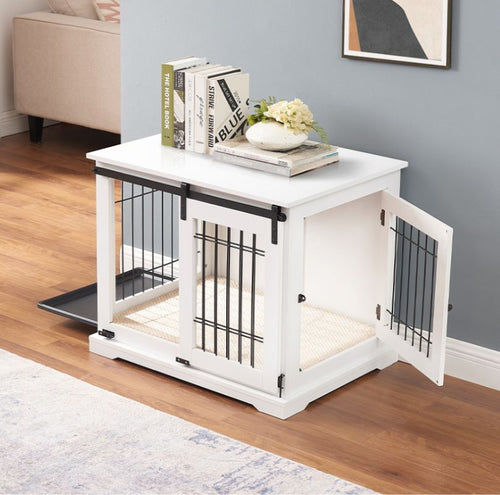
Storage capacity and accessibility represents the third criterion, balancing sufficient space for essentials like water, treats, and waste bags against bulkiness that might impede movement. We note how compartment design affects weight distribution and whether contents remain accessible during activities. Value for Australian buyers considers both initial price point and longevity, recognizing that the pet gear market offers everything from budget options to premium expedition-ready systems. Finally, we assess safety features and limitations, including visibility elements, secure closures, and any design aspects that might pose risks during specific activities.
It’s important to acknowledge that even the highest-rated dog saddle bag has limitations. What works perfectly for a Kelpie on farm duties might be excessive for a Cavalier King Charles Spaniel on suburban walks. Similarly, materials that excel in dry inland conditions may deteriorate faster in coastal salt air environments. Our evaluations aim to highlight these contextual factors so Australian pet owners can make informed decisions based on their specific circumstances and their dog’s individual needs and capabilities.
What’s Inside the Ultimate Dog Saddle Bag?
The technical design of a quality dog saddle bag involves several engineering considerations that directly impact both canine comfort and functional performance. Understanding these elements helps Australian pet owners distinguish between genuinely well-designed gear and products that prioritize appearance over practicality.
Harness Design & Weight Distribution
The foundation of any effective saddle bag system is its harness design, which needs to distribute weight evenly across the dog’s body without restricting shoulder movement or breathing. Current 2025 industry analysis indicates that the best designs feature Y-shaped chest pieces that avoid pressure on the trachea, multiple adjustment points at the chest, girth, and sometimes neck, and padded straps that prevent chafing during extended use. The positioning of attachment points significantly affects how weight sits on the dog – bags that hang too low can cause gait abnormalities, while those riding too high may rub against the spine.
Many Australian pet owners report that mesh-lined padding provides better ventilation during warmer months, though this may sacrifice some durability compared to solid materials. The connection between the saddle portion and the harness also merits attention – integrated systems typically offer better stability than removable bags that clip onto separate harnesses. However, integrated designs limit flexibility if you want to use the harness without bags for shorter walks, representing a trade-off between specialization and versatility.
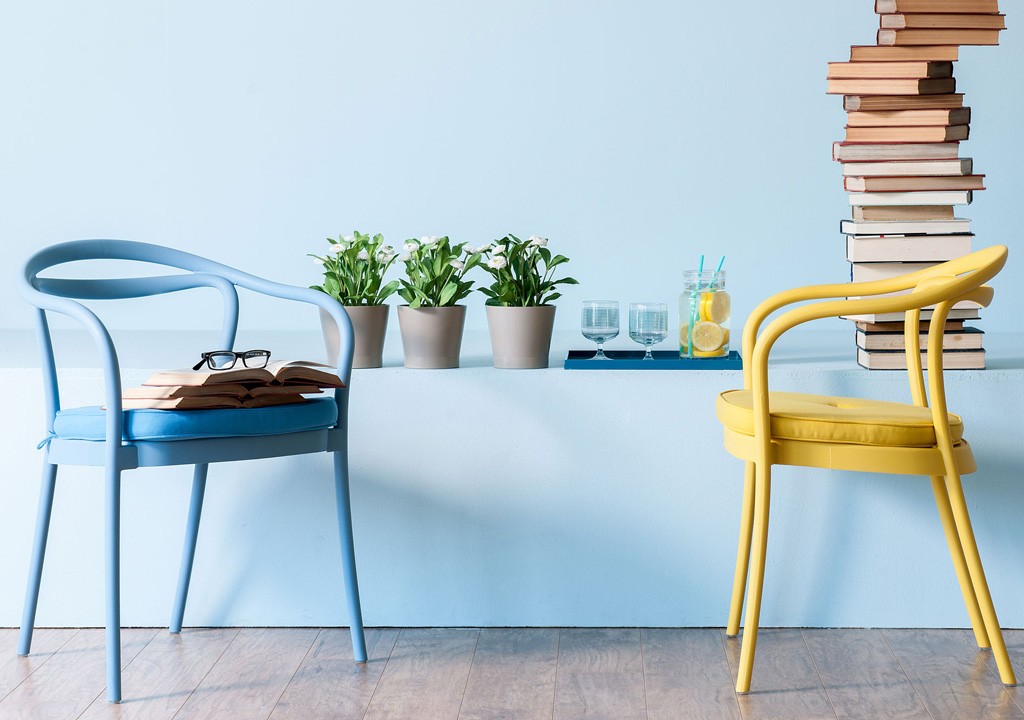
Materials & Weather Resistance
Australian conditions demand particular attention to material selection, with considerations ranging from UV resistance in Queensland’s sunshine to water repellency in Tasmania’s cooler climates. Many premium saddle bags utilize Cordura nylon or similar rugged fabrics with PU or PVC coatings for water resistance, though these treatments can reduce breathability in humid northern regions. Recent Australian market observations suggest that ripstop fabrics are gaining popularity for their tear resistance when navigating scrubby bushland.
Zipper quality represents another critical material consideration, with many experienced users reporting that self-repairing coil zippers outperform traditional tooth zippers when dealing with sand, dirt, or fur accumulation. Reflective elements have become increasingly standard on quality dog saddle bags, providing crucial visibility during early morning or evening walks when many Australians exercise with their pets. However, these safety features vary significantly in brightness and coverage area, with some offering only minimal decorative strips while others incorporate extensive reflective panels across multiple surfaces.
Capacity & Compartment Design
The storage approach in dog saddle bags balances accessibility against security, with different designs favoring various organizational philosophies. Saddle bags typically feature either a single large compartment on each side or multiple smaller pockets, each with advantages depending on intended use. Single large compartments work well for bulky items like collapsible water bowls or dog jackets but may require additional internal organizers to prevent contents shifting during movement.
Multiple smaller compartments offer better organization for frequently accessed items like treats, waste bags, or keys but can limit flexibility for irregularly shaped gear. Many Australian-focused designs now include specific external attachment points for poop bag dispensers or water bottles, recognizing the practical needs of local dog owners. Current 2025 industry trends show increasing integration of hydration systems, with some saddle bags featuring dedicated bladder compartments and drinking tube routing – though these specialized features typically come at a premium price point and add complexity that may not benefit all users.
Where Will Your Dog’s Saddle Bag Become Their Best Mate?
Many Australian dog owners find that dog saddle bag designs have evolved significantly in recent years, moving from basic storage solutions to sophisticated adventure companions. Current 2025 market observations suggest that Australian users typically fall into several distinct usage patterns, each with specific requirements for capacity, durability, and comfort.
Many metropolitan dog owners in Sydney and Melbourne use saddle bags for their daily walks to public transport. These users typically need compact designs that don’t impede movement in crowded spaces while carrying essentials like poo bags, small water bottles, and keys. The most successful urban saddle bags feature slim profiles with multiple small compartments rather than large single storage areas. However, some ultra-slim designs sacrifice water bottle capacity, which can be limiting during warmer Australian months.
Australian bushwalking enthusiasts often rely on their dogs to carry shared supplies during day hikes. These users typically need balanced weight distribution, waterproof compartments, and sufficient capacity for items like collapsible bowls, first aid kits, and extra water. Many Australian outdoor enthusiasts report that saddle bags with quick-release buckles and adjustable straps work best for varying terrain. The limitation here is that even well-fitted bags can cause chafing during extended hikes if not properly positioned and monitored.
Coastal Australian dog owners frequently use saddle bags for beach trips where dogs need to carry their own towels, water, and toys. These scenarios demand quick-drying materials, rust-resistant hardware, and secure closures to prevent sand ingress. Many users find mesh panels provide better ventilation in hot conditions, though they may offer less protection for electronic devices or sensitive items that could be damaged by saltwater exposure.
Across these scenarios, a common pattern emerges where Australian dog owners prioritize different features based on their primary activities. Urban users typically value discreet designs that don’t attract unnecessary attention, while adventure users prioritize durability and capacity. Recent feedback from Australian retailers suggests that modular systems allowing customization between outings are gaining popularity, though these often come at a premium price point compared to fixed-configuration options.
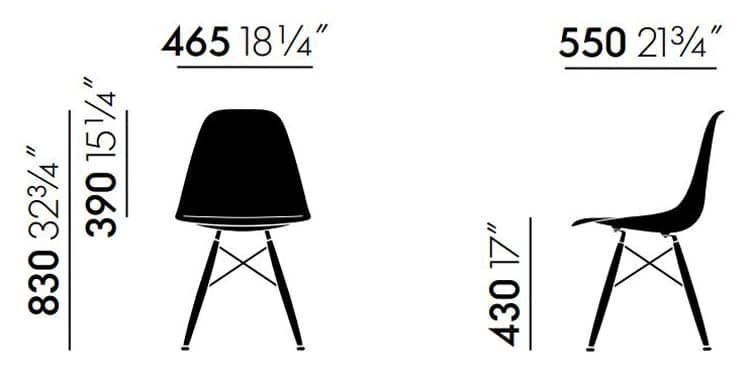
Your Guide to Safe and Smart Dog Saddle Bag Shopping
When selecting dog saddle bags in Australia, safety considerations extend beyond basic product quality to include proper usage guidelines and regulatory awareness. While Australia doesn’t have specific regulations governing dog gear manufacturing, consumer protection laws require products to be fit for purpose and free from defects that could cause harm.
Current industry analysis indicates that the most common safety issues reported by Australian users involve improper weight distribution, inadequate ventilation, and hardware failures. Many veterinarians recommend that dogs carry no more than
of their body weight, depending on the dog’s fitness level and the terrain. Exceeding these limits, even with a well-designed saddle bag, can lead to musculoskeletal strain over time.
- Check for Australian business registration details on packaging or websites
- Look for clear manufacturer contact information and warranty details
- Verify stitching quality and reinforcement at stress points
- Examine buckle mechanisms for smooth operation without sharp edges
- Be wary of significantly underpriced products claiming premium features
Nothing in this article constitutes veterinary advice. If your dog shows signs of discomfort, fatigue, or irritation while using any dog gear, discontinue use immediately and consult with a qualified veterinarian. Regular inspection of your dog’s saddle bag for wear and tear is essential, as damaged components can develop unexpectedly during use.

How to Pick the Perfect Dog Saddle Bag for Your Pup
Choosing the right dog saddle bag involves balancing multiple factors specific to your dog’s physique and your typical activities. Recent Australian market observations suggest that successful selections typically match the bag’s capacity and features to the dog’s build and the owner’s primary use cases.
Compact Day Packs (1-3L total capacity)
Ideal for: Urban environments, short walks, small dogs
Best for: Carrying poo bags, keys, phone, small treats
Limitation: Insufficient for water bottles or extended outings
Medium Adventure Packs (4-7L total capacity)
Ideal for: Day hikes, beach trips, medium to large dogs
Best for: Balanced weight distribution, water carriage, supplies
Limitation: Can be bulky for metropolitan use
Expanded Capacity Packs (8L+ total capacity)
Ideal for: Multi-day camping, working dogs, large breeds
Best for: Substantial gear sharing, professional use
Limitation: Requires fit dogs and proper loading technique
When comparing specific models, Australian dog owners should consider the dog’s conformation—deep-chested breeds often need different strap configurations than barrel-chested varieties. Many users find that adjustable sternum straps provide better stability during movement, though these add complexity to the fitting process. Waterproofing is another key consideration, with Australian conditions ranging from tropical humidity to southern coastal spray affecting material choices.
Recent feedback suggests that modular dog saddle bag systems offer the most flexibility for owners with varied activity patterns, though they typically command higher price points. For budget-conscious buyers, purpose-specific designs often provide better value if your usage patterns are consistent.
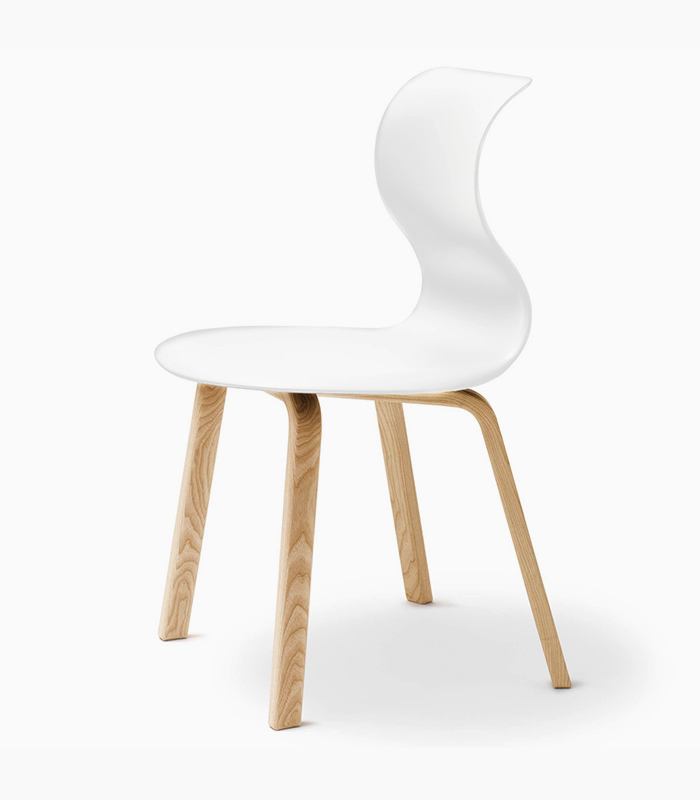
Your Ultimate Guide to Packing Your Dog’s Adventure Bag
Step-by-Step Fitting & Usage Guide
Step 1: Initial Fitting & Adjustment
Begin with empty saddle bags to establish proper fit before loading. Position the bags evenly on either side of your dog’s spine, ensuring they don’t interfere with shoulder movement or hip rotation. Adjust all straps to be snug but not restrictive, allowing two fingers to slide comfortably between straps and your dog’s body. Avoid overtightening chest straps as this can limit breathing capacity during activity.
Step 2: Weight Distribution & Loading
When loading your dog’s saddle bags, distribute weight evenly between both sides to maintain balance. Place heavier items closer to your dog’s body and toward the front of the bags for better weight distribution. Never exceed recommended weight limits for your dog’s size and conditioning level. Remember to balance items by weight rather than just appearance.
Step 3: Pre-Activity Check
Before each use, conduct a quick inspection of all straps, buckles, and attachment points. Look for signs of wear, loose stitching, or damaged components. Have your dog walk around briefly to observe their movement and comfort. Watch for any rubbing or restricted motion that might indicate adjustment is needed.
Step 4: During Activity Monitoring
Regularly check your dog’s condition during use, especially in warmer Australian conditions. Look for signs of overheating, fatigue, or discomfort. Provide water breaks every 30-45 minutes during activity. Adjust straps if you notice any shifting or imbalance during movement.
Step 5: Post-Use Care & Storage
After use, empty all compartments and clean according to manufacturer instructions. Allow the bags to air dry completely before storage to prevent mold or mildew. Store in a cool, dry place away from direct sunlight to preserve material integrity. Regular maintenance extends the functional lifespan of your investment.
Important Reminder: If at any point your dog shows signs of distress, discomfort, or unusual behavior, remove the saddle bags immediately and consult with your veterinarian if symptoms persist.

Your Top Dog Saddle Bag Questions Answered
What’s the typical price range for quality dog saddle bags in Australia?
Quality dog saddle bags typically range from $40 to $150 in the Australian market. The price variation reflects differences in materials, construction quality, and features like waterproofing or modular systems. Mid-range options around $70-90 often provide the best balance of durability and functionality for most Australian dog owners.
How long should a good dog saddle bag last with regular use?
A well-maintained dog saddle bag should provide 2-4 years of regular use under Australian conditions. lifespan depends on usage frequency, exposure to elements, and care practices. Adventure-grade models with reinforced stitching and corrosion-resistant hardware typically outlast budget options, though all bags require regular inspection for wear.
What’s the difference between adventure and urban-focused saddle bags?
Adventure-focused saddle bags prioritize durability, weather resistance, and capacity for outdoor conditions, while urban designs emphasize slim profiles, quick access, and discreet appearance. The structural reinforcement and material choices differ significantly, with adventure bags using heavier materials that may be less suitable for daily metropolitan use.
How can I verify I’m buying from a legitimate Australian retailer?
Verify Australian business registration through ASIC’s online search, check for physical business addresses (not just PO boxes), and look for clear warranty terms. Legitimate Australian retailers typically provide multiple contact methods and responsive customer service. Be cautious of sellers offering premium brands at prices significantly below established market rates.
What safety considerations are specific to Australian conditions?
Australian conditions require attention to heat management, sun protection for materials, and consideration of local hazards like burrs or sharp vegetation. During summer months, early morning or evening use helps prevent overheating, while regular inspections for foreign objects in compartments is recommended after bushwalking.
Your Ultimate Guide to Choosing the Best Dog Saddle Bag
- Urban commuters: Prioritize compact, discreet designs with multiple organizational pockets
- Weekend adventurers: Look for balanced weight distribution and weather-resistant materials
- Beach and water enthusiasts: Focus on quick-drying fabrics and corrosion-resistant hardware
- Multi-activity households: Consider modular systems despite higher initial investment
- Budget-conscious buyers: Purpose-specific designs often outperform cheap multi-use options
Selecting the right dog saddle bag involves matching your specific needs to the available features while considering your dog’s comfort and safety. The Australian market offers diverse options suitable for everything from metropolitan strolls to extended bushwalking adventures. By understanding the trade-offs between different designs and following proper fitting procedures, you can enhance your outdoor experiences while ensuring your dog’s wellbeing.
Remember that even the best equipment requires proper use and regular maintenance. Start with shorter, lighter sessions to allow your dog to acclimate to carrying weight, and always prioritize their comfort and safety over convenience or storage capacity. With careful selection and proper use, a quality dog saddle bag can become an invaluable companion for your Australian adventures.
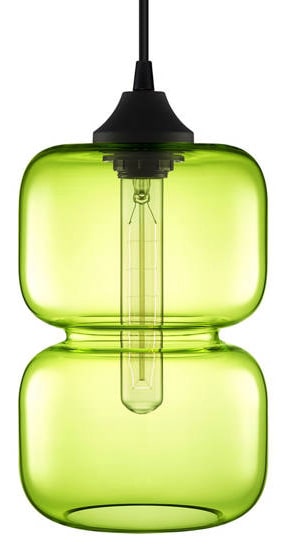
About the Author
With over eight years specializing in outdoor pet gear analysis, our senior product reviewer focuses specifically on functional dog equipment for Australian conditions. Having evaluated hundreds of dog carrying systems across diverse Australian environments from tropical Far North Queensland to the Tasmanian highlands, they provide practical insights grounded in real-world usage patterns. Their work emphasizes the balance between canine comfort, durability, and practical functionality that Australian dog owners require.

